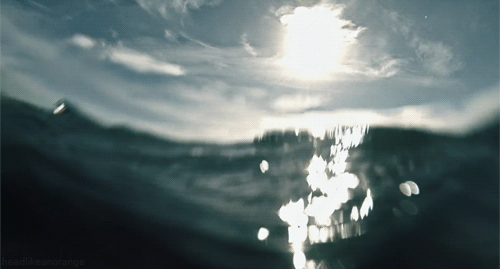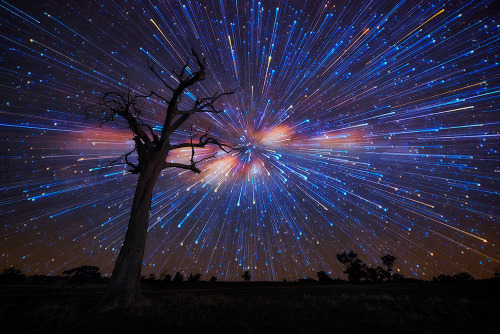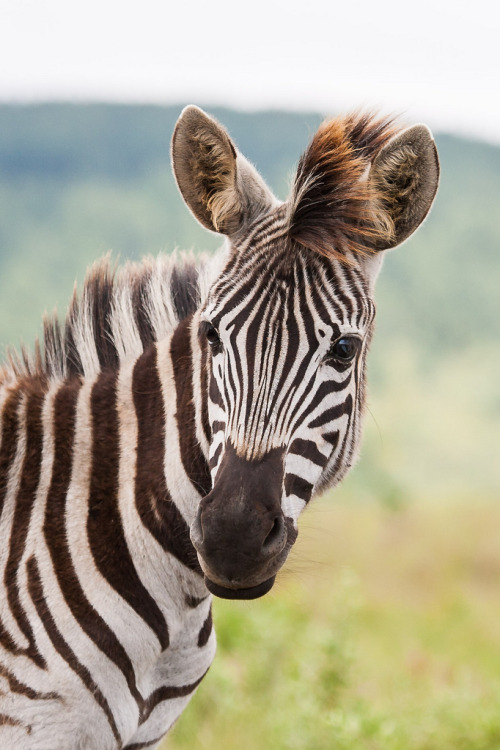Your gateway to endless inspiration
Gaia - Blog Posts

"Come on, little lady, give us a smile
No, I ain't got nothin' to smile about"

Guys I'm back with the progress~!! This fic has finna reached 500+ hits and 30+ kudos!! (Yea IK i'd post whenever either the criterias were fulfilled, but I don't wanna spam) ☆*: .。. o(≧▽≦)o .。.:*☆ Thanks for the support guys~~ I luvved the comments yall left and made sure to answer em all!! Next post on progress: Either when it reaches 40 kudos or 750 hits
If ya already haven't checked it out b4 here's the link!!
Optional Drawing Prompt: fictional universe

You ask and you shall receive!!!
(Side note I posed for this pic to help with dimensions, and so my brother got the lucky job of taking a picture of me sitting in a weird position on my floor lol)
A Mesmerizing Model of Monster Black Holes
Just about every galaxy the size of our Milky Way (or bigger) has a supermassive black hole at its center. These objects are ginormous — hundreds of thousands to billions of times the mass of the Sun! Now, we know galaxies merge from time to time, so it follows that some of their black holes should combine too. But we haven’t seen a collision like that yet, and we don’t know exactly what it would look like.

A new simulation created on the Blue Waters supercomputer — which can do 13 quadrillion calculations per second, 3 million times faster than the average laptop — is helping scientists understand what kind of light would be produced by the gas around these systems as they spiral toward a merger.
The new simulation shows most of the light produced around these two black holes is UV or X-ray light. We can’t see those wavelengths with our own eyes, but many telescopes can. Models like this could tell the scientists what to look for.
You may have spotted the blank circular region between the two black holes. No, that’s not a third black hole. It’s a spot that wasn’t modeled in this version of the simulation. Future models will include the glowing gas passing between the black holes in that region, but the researchers need more processing power. The current version already required 46 days!

The supermassive black holes have some pretty nifty effects on the light created by the gas in the system. If you view the simulation from the side, you can see that their gravity bends light like a lens. When the black holes are lined up, you even get a double lens!
But what would the view be like from between two black holes? In the 360-degree video above, the system’s gas has been removed and the Gaia star catalog has been added to the background. If you watch the video in the YouTube app on your phone, you can moved the screen around to explore this extreme vista. Learn more about the new simulation here.
Make sure to follow us on Tumblr for your regular dose of space: http://nasa.tumblr.com.
Solar System: Things to Know This Week
Time for a little reconnaissance.

Our New Horizons spacecraft won't arrive at its next destination in the distant Kuiper Belt—an object known as 2014 MU69—until New Year's Day 2019, but researchers are already starting to study its environment thanks to a few rare observational opportunities this summer, including one on July 17. This week, we're sharing 10 things to know about this exciting mission to a vast region of ancient mini-worlds billions of miles away.
1. First, Some Background

New Horizons launched on Jan. 19, 2006. It swung past Jupiter for a gravity boost and scientific studies in February 2007, and conducted a six-month reconnaissance flyby study of Pluto and its moons in summer 2015. The mission culminated with the closest approach to Pluto on July 14, 2015. Now, as part of an extended mission, the New Horizons spacecraft is heading farther into the Kuiper Belt.
2. A Kuiper Belt refresher

The Kuiper Belt is a region full of objects presumed to be remnants from the formation of our solar system some 4.6 billion years ago. It includes dwarf planets such as Pluto and is populated with hundreds of thousands of icy bodies larger than 62 miles (100 km) across and an estimated trillion or more comets. The first Kuiper Belt object was discovered in 1992.
3. That's Pretty Far

When New Horizons flies by MU69 in 2019, it will be the most distant object ever explored by a spacecraft. This ancient Kuiper Belt object is not well understood because it is faint, small, and very far away, located approximately 4.1 billion miles (6.6 billion km) from Earth.
4. Shadow Play

To study this distant object from Earth, the New Horizons team have used data from the Hubble Space Telescope and the European Space Agency's Gaia satellite to calculate where MU69 would cast a shadow on Earth's surface as it passes in front of a star, an event known as an occultation.
5. An International Effort

One occultation occurred on June 3, 2017. More than 50 mission team members and collaborators set up telescopes across South Africa and Argentina, aiming to catch a two-second glimpse of the object's shadow as it raced across the Earth. Joining in on the occultation observations were NASA's Hubble Space Telescope and Gaia, a space observatory of the European Space Agency (ESA).
6. Piecing Together the Puzzle

Combined, the pre-positioned mobile telescopes captured more than 100,000 images of the occultation star that can be used to assess the Kuiper Belt object's environment. While MU69 itself eluded direct detection, the June 3 data provided valuable and surprising insights. "These data show that MU69 might not be as dark or as large as some expected," said occultation team leader Marc Buie, a New Horizons science team member from Southwest Research Institute in Boulder, Colorado.
7. One Major Missing Piece

Clear detection of MU69 remains elusive. "These [June 3 occultation] results are telling us something really interesting," said New Horizons Principal Investigator Alan Stern, of the Southwest Research Institute. "The fact that we accomplished the occultation observations from every planned observing site but didn't detect the object itself likely means that either MU69 is highly reflective and smaller than some expected, or it may be a binary or even a swarm of smaller bodies left from the time when the planets in our solar system formed."
8. Another Opportunity

On July 10, the SOFIA team positioned its aircraft in the center of the shadow, pointing its powerful 100-inch (2.5-meter) telescope at MU69 when the object passed in front of the background star. The mission team will now analyze that data over the next few weeks, looking in particular for rings or debris around MU69 that might present problems for New Horizons when the spacecraft flies by in 2019. "This was the most challenging occultation observation because MU69 is so small and so distant," said Kimberly Ennico Smith, SOFIA project scientist.
9. The Latest

On July 17, the Hubble Space Telescope will check for debris around MU69 while team members set up another "fence line" of small mobile telescopes along the predicted ground track of the occultation shadow in southern Argentina.
10. Past to Present

New Horizons has had quite the journey. Check out some of these mission videos for a quick tour of its major accomplishments and what's next for this impressive spacecraft.
Make sure to follow us on Tumblr for your regular dose of space: http://nasa.tumblr.com

My Goliath Paladin, standing at 8'6'', wielding a great sword and being quite intimidating.
ESA's Gaia Mission has been mapping the Milky Way for over 10 years! Check out its greatest discoveries in this short video (~5 minutes).

The European Space_Agency’s GAIA_Mission might help Astronomers discover a lot more Extrasolar_Planets.
(via European satellite could discover thousands of planets in Earth's galaxy (arXiv))
Do you know why Leo Valdez deserved every right to kill Gaea with his bare hands? (and I'm glad that he got the chance). BECAUSE, BITCH MURDERED ESPERANZA VALDEZ!! And made AN EIGHT YEAR OLD feel guilty for what he didn't do!
Reblog and put in the tags your “pre-name”, as in what your parents used to want to name you, but eventually decided against it and went with your current name, and the reason why they changed it.

(click on the image for a better image quality)

(click on the image for a better image quality)
A Jóia Azul - Um filme sobre os Curadores Planetários
=^.^= https://rebelmouse.com/CosmoCorps/
I don’t know exactly what a prayer is. I do know how to pay attention, how to fall down into the grass, how to kneel down in the grass, how to be idle and blessed, how to stroll through the fields, which is what I have been doing all day. Tell me, what else should I have done?
Why whale poo could be the secret to reversing the effects of climate change
=^.^= Where my buffalo roam https://rebelmouse.com/BeeZ/




Hi by Victor







